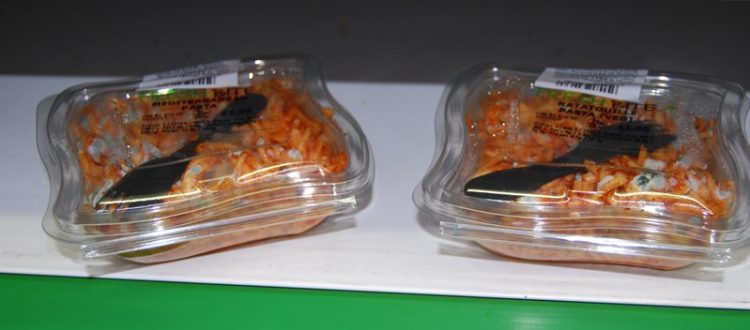Exploring our own backyard: CHESS® in Southwark
We often don’t think to explore what is right on our doorstep. At the heart of C3’s community engagement work is CHESS®, a tool which lets users assess the physical environment around them looking at for example access to healthy foods or opportunities for physical activity. C3 has recently used the tool with community members in locations in the north of England and in Scotland, and previously in other parts of London. Whilst valuable insights have been gained from this work, C3 has never had a look at the places right on our doorstep. That’s why the C3 team was delighted to get the opportunity to show employees at neighbouring Guy’s & St Thomas’ Charity the CHESS® tool at their away-day in July, exploring an area of Southwark in south London, the borough that C3 calls home.

Southwark in south London, the borough that C3 calls home | Photo courtesy of Guy’s & St Thomas’ Charity
Split into two groups, the employees were tasked with exploring the neighbourhood – it’s streets, buildings, green spaces – as well as one local shop and one local playground and outdoor physical activity space. We got lucky with the weather and the sun was shining as we stepped outside with the first group. Immediately outside the away-day venue we were met by perhaps the most common sign in London discouraging physical activity – ‘no ball games’! What might this mean for a child living on the housing estate, the group pondered. Having fun, playing with your friends, here? Not allowed. As we continue the walk onto the nearby housing estate the negative signage continues – ‘do not dump rubbish’, ‘do not vandalise your environment’, ‘do not feed the birds’ – subtly telling residents that they are exactly the type of people who would dump rubbish, vandalise, and even feed the birds despite being told not to! How about a sign saying ‘we love our neighbourhood – let’s keep it clean together’, asks one group member.

C3’s Ina Andersson speaking with Guy’s & St Thomas’ Charity staff members | Photo courtesy of Guy’s & St Thomas’ Charity
In the shop next to the housing estate the group makes some curious discoveries. The selection of fruit and veg is limited – the CHESS® tool lets users record the number of colours of the fruit and veg available in a shop – and the ones that are available are in poor condition. There are also some ready-made pasta dishes available, ready to eat if it wasn’t for the mould the group finds growing on them. Chocolates, crisps, fizzy drinks and alcohol are available in abundance. The group discusses some reasons local people might shop here – perhaps prices are cheaper, they have a relationship with the shop keeper, or they feel more comfortable going here than one of the chain shops nearby.

Mouldy pasta at the local shop | Photo courtesy of Guy’s & St Thomas’ Charity
As we set out to explore with the second group, someone spots a docking station with bikes for hire nearby. A great opportunity for physical activity, but it may be interesting to ask those living on the housing estate if they actually use them. Do they feel the bikes are for them? What if you do not have money to spare for hire, or even a bank account? What if you do not feel confident cycling? Invisible barriers may exist. Physical barriers are also present – a community garden space is fenced off with no apparent entrance and a playground and grass area has a sign up stating adults are not welcome unless accompanied by children. The local teenager wanting a kick-about with his friends is further discouraged by the big sign saying ‘no ball games’ that towers over the grassy area otherwise perfect for football.

‘Adults must be accompanied by children’ sign at the park | Photo courtesy of Guy’s & St Thomas’ Charity
‘It’s funny how I work in this area and I come here every day, and I have never noticed these little things about the area – it’s amazing what you find when you stop and look’ says one group member. It can be precisely the seemingly small things in our environment that determine how we get to work or what we eat for dinner, and therefore impacts on our health. Thinking critically about this information opens up great possibilities for discussions around health with local people – how easy is it really for you to be healthy where you live?
